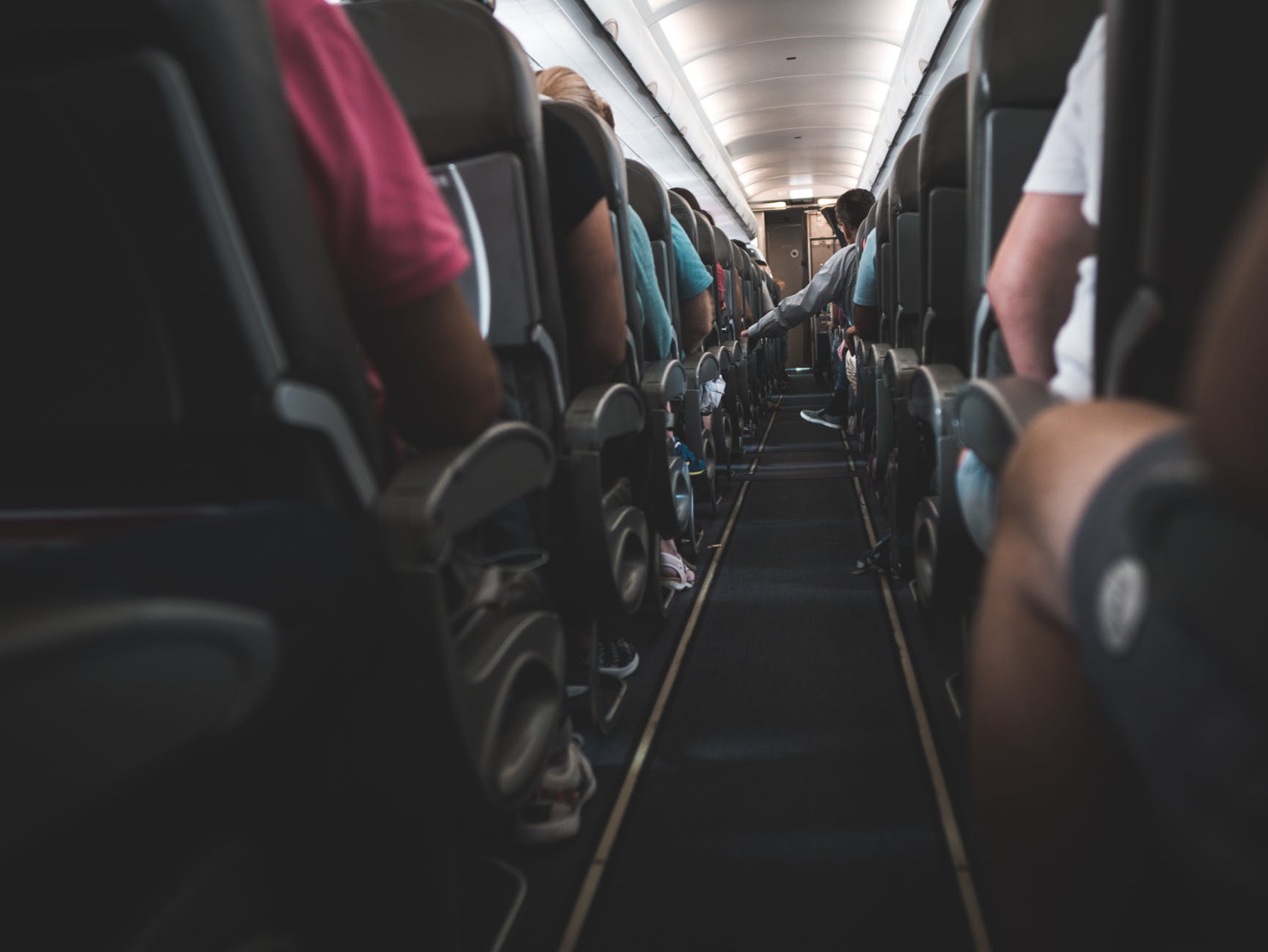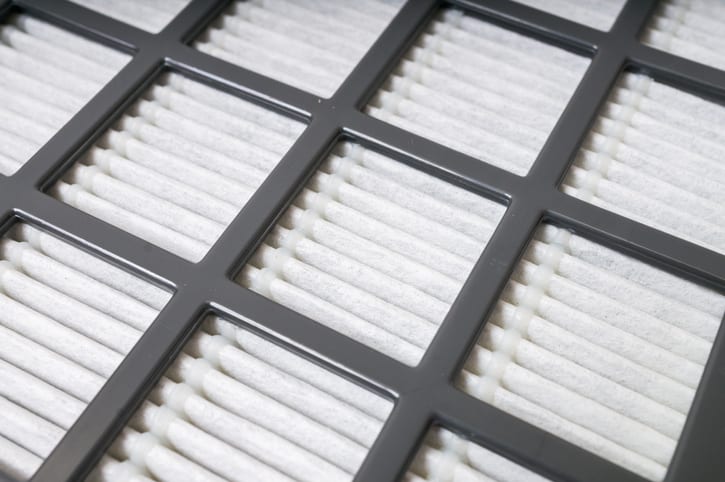I don’t think many of us really appreciated all of the ways being able to hop on an airplane to anywhere in the world impacted our lives before the mess of 2020 happened. Now, travel is scary, and cramming yourself into a space where it’s impossible to social distance (and where some people still refuse to wear a mask correctly) sounds like a terrible idea.
The airline industry is doing its best to convince us that the air on board is safer than what we breath in regular spaces – despite the close quarters and warnings from the CDC that air travel continues to be a risk- but is that really true?
In short… is it clean enough?

Image Credit: Pexels
Keep reading to find out.
Author William J. McGee wrote for Conde Nast Traveler that many airplanes do employ highly effective air cleaning systems that use HEPA filtration to remove 99.97 percent of airborne contaminants – and that includes viruses.
That said, not all airlines use HEPA devices; smaller and regional planes are less likely to go that extra mile.
The clean air on the HEPA-filtered planes is pumped through the ceiling and then flows out below the window seats.
It’s around 60% fresh air and 40% filtered and recirculated air in the cabin at any given moment.
Which sounds awesome, except for the CDC and other health organizations are saying that no matter the quality of the air filters in a space, being seated within 3 feet of another person matters more.
Seats are closer than that on airplanes, and generally, passengers are also standing and breathing nearer together than three feet while waiting to board, etc.
Fumes from engine oil, hydraulic fluid, exhaust, and other contaminants, along with pesticides applications, can also leave a lingering odor in the cabin and cause breathing issues for people who are susceptible.
I know we’re not as worried about that sort of stuff as COVID, but there it is.
Basically, if you’re going to shove yourself into an enclosed space with a bunch of strangers with dubious hygiene practices, an airplane is probably the safest way to go.

Image Credit: Pexels
That said, if you have your reasons for not wanting to catch the virus and you don’t have to fly, it’s best to avoid it all together. For now, anyway.
Maybe that’s not the answer you wanted, I know, but that’s the best info we have right now.
Will you be flying anytime soon? Let us know in the comments!







